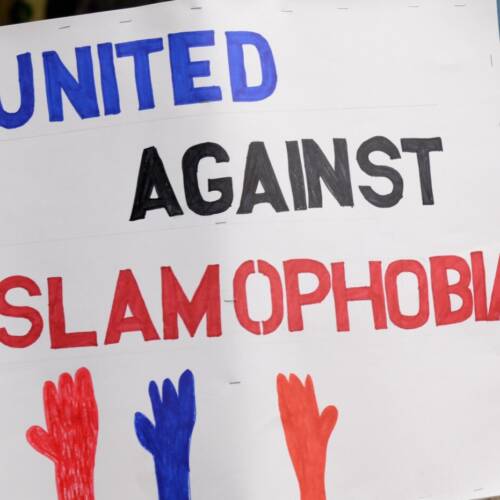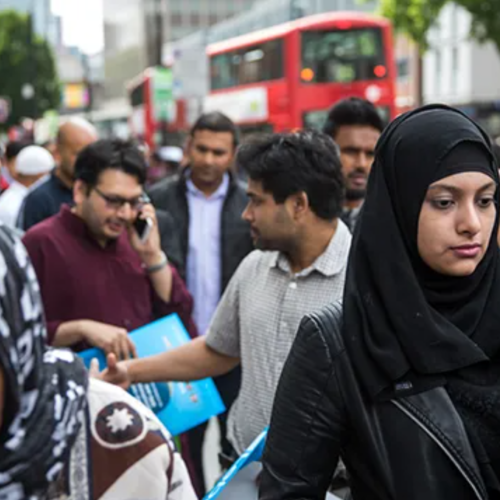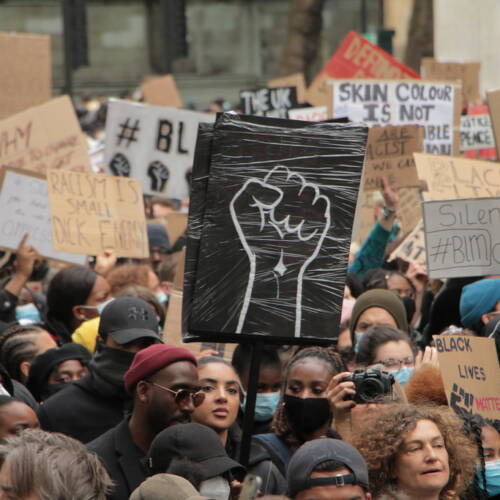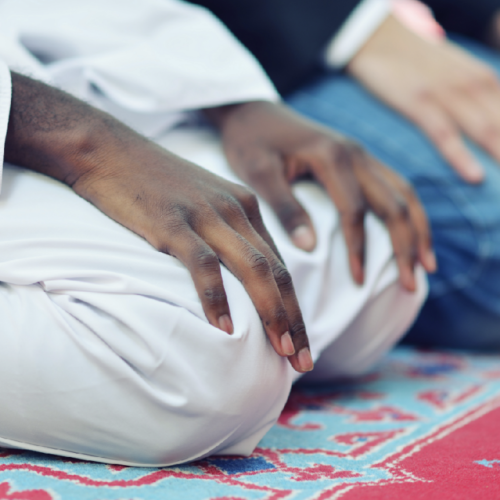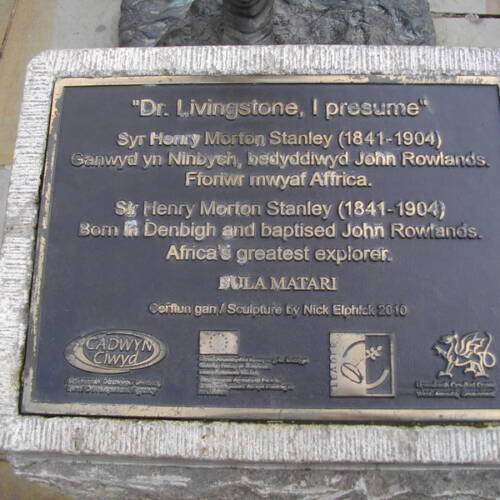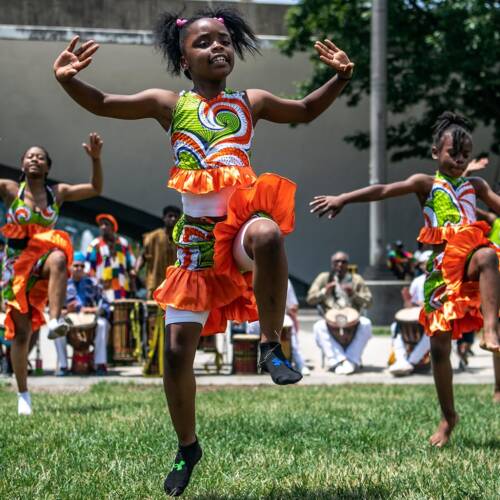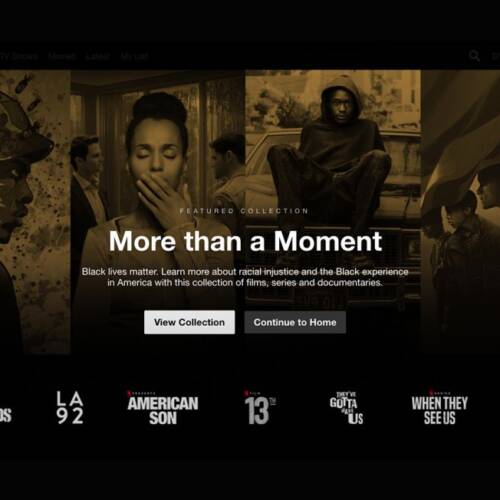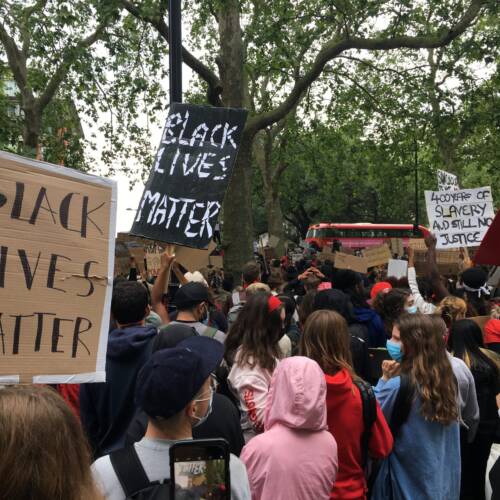
The History of ‘Juneteenth’ (and Why it May Resonate Differently This Year)
17 Jun 2020On June 19th, 1865, enslaved African Americans were declared free in Galveston, Texas, by Union general Gordon Granger, enforcing President Lincoln’s ‘Emancipation Proclamation’ made 2 years prior, that ordered all slaves living in Confederate States to be free.
Although the American Civil War had ended 2 months before Granger’s arrival in Galveston, many slaveholders and Confederate supporters fled to Texas to escape the fighting, a large and remote state of which Lincoln’s Proclamation couldn’t effectively be implemented. It is estimated that after this period of migration, 250,000 slaves were living in Texas.
Referred to also as ‘Freedom Day’ or ‘Jubilee Day’, it was first celebrated a year after the announcement, with free African Americans organising celebrations by purchasing acres of land and holding various events. Though the holiday would eventually lose its popularity in the late 1800s, due to a variety of political and economic forces that disenfranchised Black Americans and essentially demoralised their proud recognition of their slave past, in favour of a mainstream culture that promised social mobility.
It’s revival in the 20th century was mainly due to the migration of thousands of African Americans living in the South to Northern cities, where they took the celebration with them. The Civil Rights Movement would eventually incorporate the celebrations of Juneteenth into their campaigning and again a surge of interest in the holiday would extend past mere regional recognition.
The state of Texas would finally declare Juneteenth a state holiday in 1980 and towards the late 20th century it would become increasingly mainstreamed as more states would officially recognise it. At present, only 3 out of 50 states do not officially recognise the holiday and further campaigns have demanded it be declared a national holiday. New Hampshire was the most recent state to announce its official status in 2019.
The holiday includes many parades and festivals, with food becoming an integral part of the celebration which has been deemed “America’s Second Independence Day.” Some even choose to take a pilgrimage to Galveston, a location that is bustling with festivities on the day.
A renewed interest in the holiday has taken place this year for several reasons. Firstly, with thousands of Americans taking to the streets in protest of police brutality and racial injustice, the Black Lives Matter movement has managed to harness a significant amount of momentum that has resulted in multiple legislative changes and interventions in policing in the U.S. Juneteenth will therefore become a day where protesters can reflect on and celebrate the significant progress they have made, and reenergise themselves to make further strides.
Secondly, what came to the surprise of many (or not), Donald Trump’s campaign trail was set to resume on the day of Juneteenth as he was scheduled to hold a rally in the city of Tulsa, Oklahoma. The significance of this specific location is that it was the site of one of America’s worst moments of racist violence. In 1921, Tulsa was ravaged by white supremacist demonstrations as mobs began attacking a popular black business district in the city, resulting in over 1,200 homes being destroyed and over 300 killed. Therefore, Trump’s decision to hold a rally on such a significant day for African Americans, in such a historically devastated city has been criticised widely.
After various attempts at defending his decision, Trump later rescheduled the campaign rally for the next day, out of respect for the holiday.
For its participants, Juneteenth symobolises much more than a remembrance of what happened that day in 1865. It provides nourishment and inspiration for the community and will remind many of the slow fight for equality in an imperfect system. And for people in the fight for such an ideal, they can take this day to relish their collective freedom and bask in the continuation of a legacy of resilience.


